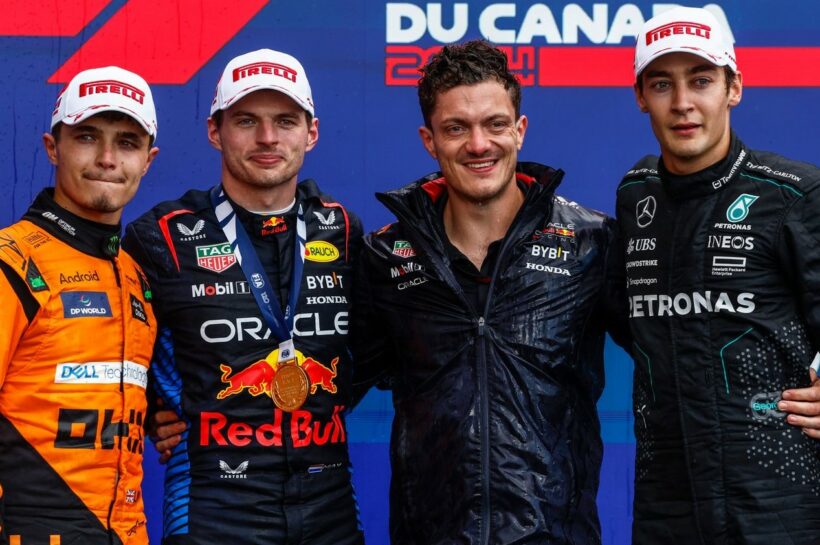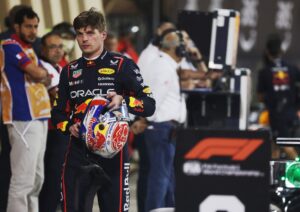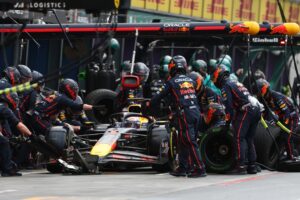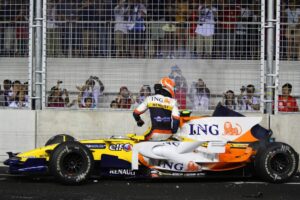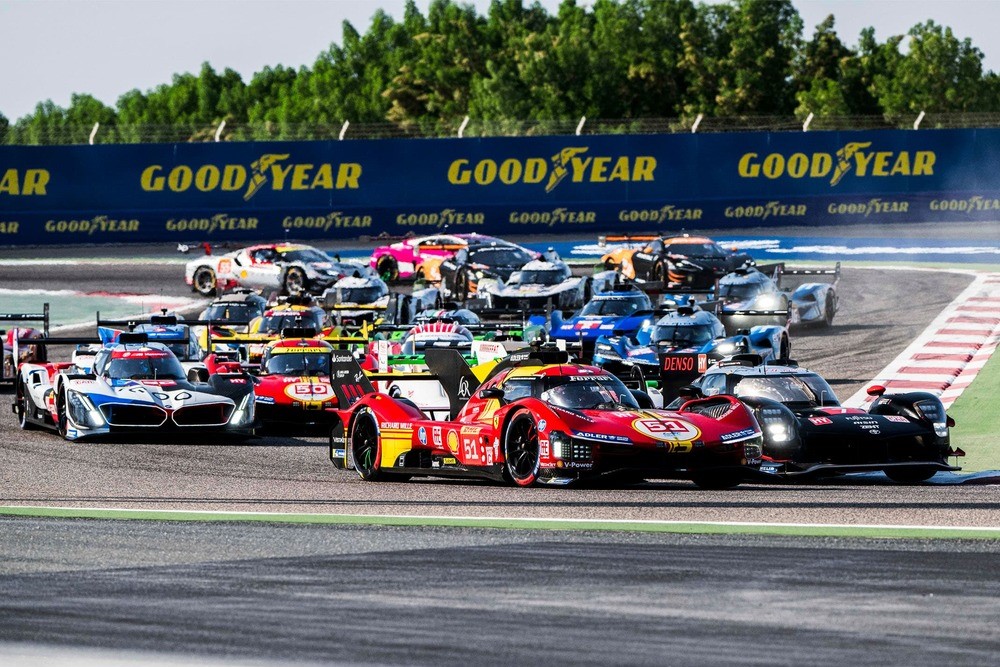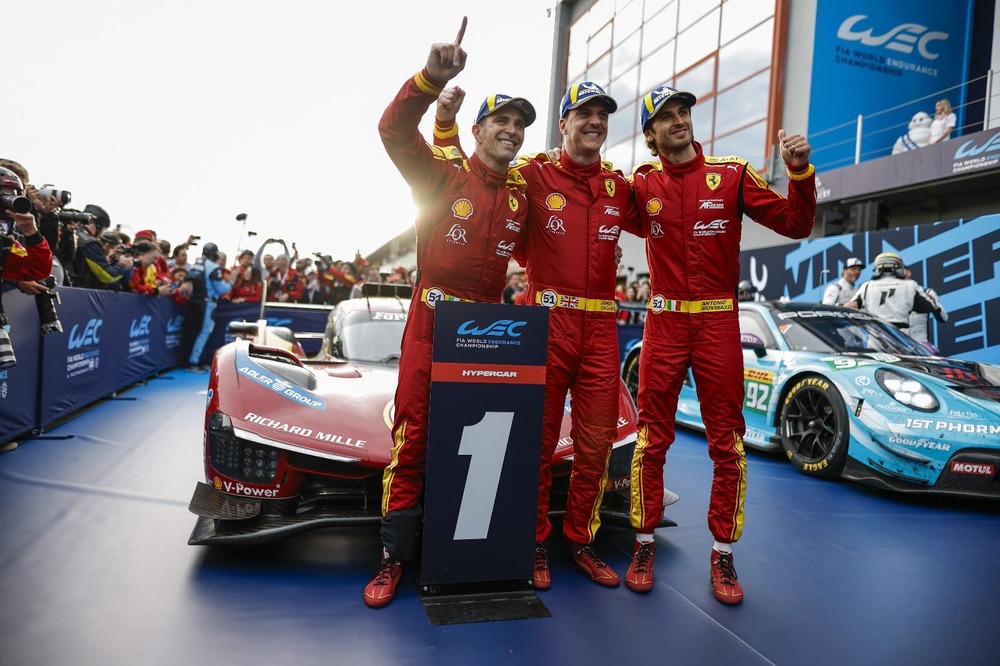The FIA has made it clear that it is open to listen to the Formula 1 teams’ concerns over the 2026 F1 regulations and may even make changes.
The FIA has disclosed that the initial 2026 F1 regulations were deliberately set up to be stringent, with an intention of relaxing a few elements later on.
The rules that will define the sport’s next chapter were released earlier this week by the governing body, which aims to improve the entire racing experience through the introduction of lighter and smaller cars.
According to the proposed regulations, the current cars would lose 30 kg in weight and 100 mm in width, and there would be a 30% decrease in downforce and a 55% reduction in drag.
However, after the announcement a number of team bosses and drivers have voiced concerns about the practicality of the FIA’s specific plans to achieve these goals.
The lack of downforce associated with the FIA’s “nimble car” concept is one area of concern. Engineers are concerned that the 2026 F1 cars, which will have “active aerodynamics,” could potentially turn out to be slower in corners than Formula 2 cars but faster along the straights.
The teams have also come to fundamentally differ on how strict the new rules on car development are perceived to be. Teams are concerned that these restrictions may limit their capacity to develop and improve their cars, consequently homogenizing the grid and reducing competition.
“We are in agreement and we support the intent and the objectives at eye level that were stated in the press release,” said McLaren team boss Andrea Stella. “However, if we look at the regulations in the draft form that has been circulated, they are still far from being able to achieve those agreeable objectives and intent.
“So it is the time for the FIA, F1, and the teams to work together, listen to one another, and contribute to form a solution that will allow the sport to meet those objectives. I think if we meet those objectives, we’re going to have Formula 1 in good shape.
“But we need to make sure that when it’s the time of implementation, we actually deliver a product that meets those targets and objectives.”
The FIA has made a significant concession, although the current draft of the 2026 F1 regulations is scheduled to be presented to the World Motor Sport Council of the FIA next week, with a possible vote for approval on June 28.
Before approving the regulations, the governing body has noted the issues brought up by the teams and stated that it is willing to work with them to make adjustments.
This cooperative strategy recommends delaying the final approval in order to make necessary adjustments to allay the teams’ concerns.
“The World Council discussion and hopefully approval is the first step,” said FIA’s single-seater director Nikolas Tombazis. “We are not in the final set of regulations yet and we do have quite a few things that we need to find and discuss with the teams.
“We are equally conscious of some of the concerns regarding downforce with the cars or straightline speed, and these are things that we class as refinements that still need to take place.
“So between, let’s say, the end of the month, when these regulations would hopefully be published, and the start of 2025 when teams can start aerodynamic development, because they cannot start earlier, we do expect a reasonable amount of extra work to be done in full consultation with the teams, with FOM and everybody else.
“Hopefully that will lead to some refinements that will be submitted to the World Council, maybe a bit later in the year and hopefully approved.”
Tombazis acknowledged that the current regulations may give the impression that slow cars will perform poorly in 2026, but he reassured everyone that these concerns will be addressed in the finalized rules and voiced his belief that the 2026 F1 cars will provide a different and more thrilling experience.
“I think the fears are accurate, because people are taking a snapshot of what the regulations are on a piece of paper now, and are making comments on the basis of what they see,” he explained. “I don’t have any concern about these issues raised by people, but clearly we have full expectation to make some steps up for performance.
“And that’s exactly why we’ve set the bar reasonably low to start with, so we can build up on that with collaboration with the teams. To increase the downforce of these cars is actually quite easy.
“So I understand the comments, but I don’t think there’s any concern these cars will not be faster than F2 or anything like that. I think that will be 100% resolved when we are in the final regs.”
According to FIA Technical Director Jan Monchaux, the governing body decided against strictly enforcing the regulations since it would be simpler to open them up.
“So, we are still in discussion, and we are always in discussion with the teams,” Monchaux said. “They have expressed concerns, for sure.
“Typically, teams are always good, a bit reluctant at implementing large changes. So, it’s a bit of an ongoing compromise that needs to constantly be found.
“The approach we had, since we needed to respect the framework in terms of date of publication, the regulation as has been presented now, and which hopefully will be voted, is probably the most restrictive teams will be seeing.
“Because we think also it’s going to be far easier in the next months to start increasing the freedom and review some aspect of the regulation, which potentially are far too constrained, than the other way around. Because they will all agree on having more freedom.
“If we had gone the other way around, and effectively, let’s say, have something like providing a lot of freedom in their ability to design the cars, we would potentially realise in October or November on that one, we don’t necessarily want, because it might put at some of the targets we want to achieve with the 2026 F1 regulations.
“So, it’s simply the approach we think is more reasonable to effectively now, step by step, since we have, I think, a solid basis to start discussion.
“To review some areas where, for the moment, we offer little or no freedom to, if we convince ourselves with the active support of the team, to potentially say, okay, in this area, you can do more, it’s okay for us, you have more freedom.
“We are convinced through works that we’ll have to do, that it’s not going to put at risk all the high-level objective mentioned, the nimble car, which comes with reduction of weight, which comes with some reduction of downforce.
“And I think the process like this will be working, because it’s pretty much straightforward, because it would always say, yes, for more freedom.”
Compromises on the chassis side have emerged from F1’s commitment to new turbo hybrid engines in 2026, which will have a 50/50 power split between the internal combustion engine (ICE) and battery components.
Increasing the ICE’s power output by lowering fuel flow limits, according to some teams, would speed up cars. Tombazis said that even if this idea has been rejected in the past, it might be given another look if the F1 power units manufacturers are in favour of the change.



